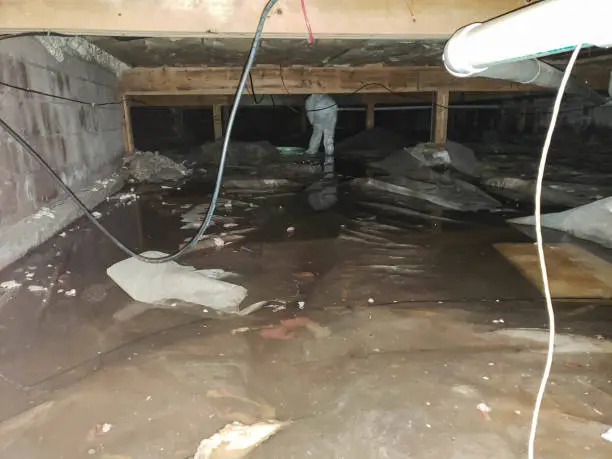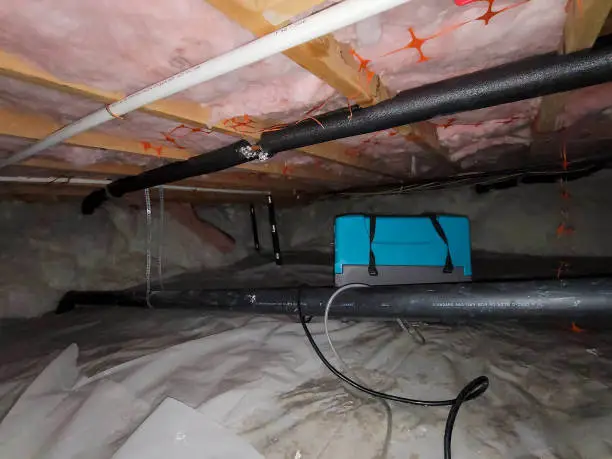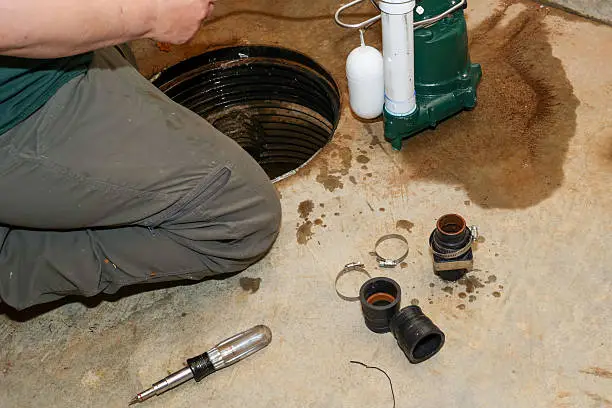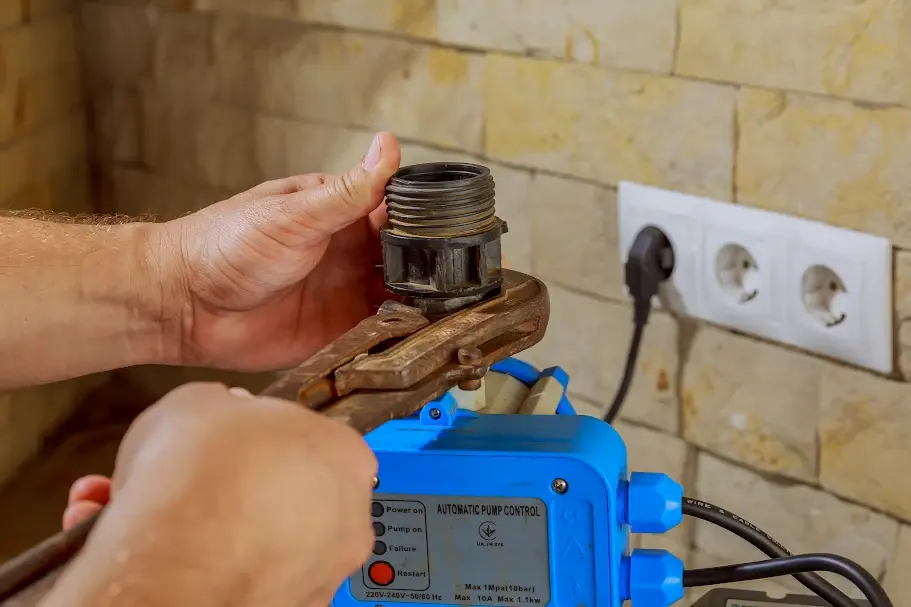A wet, moldy crawl space is not just ugly — it threatens the comfort, safety, and value of your home. Moisture and standing water beneath your house can result in mold, wood rot, pest infestations, and even structural damage. Fortunately, with proper crawl space maintenance and appropriate crawl space waterproofing measures, you can keep water away from your home and establish a healthier, more durable home from the ground up. In this guide, we will share practical tips everyone can use to prepare their crawl space for unwanted moisture and make it easy for you to sleep at night.
How to Keep Your Crawl Space Dry: Top 7 Methods
Safeguarding your crawl space against moisture is crucial to the health and longevity of your home. Sump Pump Wizards recommends that you make crawl space waterproofing and routine upkeep a priority to avoid expensive repairs, help preserve your indoor air quality, and protect your investment for many years to come.
Here are the maintenance tips for crawl space waterproofing:
-
Extend Downspouts
Gutter downspouts should be extended to divert rainfall at least 6 to 10 feet from the foundation. By doing this, you can stop water from collecting near your house, where it could seep into the ground and enter your crawl space. To guarantee appropriate water flow, regularly clean gutters of debris.
-
Improve Yard Grading
Ensure the soil surrounding your home slopes away from the foundation. A positive grade, where the ground drops about one inch for every foot, encourages water runoff and prevents moisture from accumulating and draining towards the crawl space.

-
Install A Vapor Barrier
You should add a thick polyethylene vapor barrier to the crawl space floor and the foundation walls to physically block water vapor rising from the ground and reduce the humidity in the crawl space, which can lead to mold growth.
-
Seal Foundation Cracks
Look for any holes, cracks, or openings in the foundation walls where wiring and plumbing may enter. For minor cracks, use hydraulic cement or a waterproof masonry sealer. To stop water seepage, speak with a foundation specialist about larger, more worrisome cracks.
-
Add A Sump Pump
Combat humidity in the crawl space by installing a high-capacity dehumidifier. A dehumidifier works to pull moisture out of the air, thus mitigating any condensation that can lead to mold and mildew problems, and keeps your home structurally sound and air quality healthy.
-
Use A Dehumidifier
Combat humidity inside the crawl space with a high-capacity dehumidifier. By removing moisture from the air, a dehumidifier prevents condensation that can lead to mold and mildew, safeguarding your home’s structural integrity and improving air quality.
-
Seal Crawl Space Vents
Also, you may want to consider sealing the vents in your crawl space. Sealing vents creates a significant route for moisture introduction into the crawl space. Vents typically let in hot, humid air. Then, the hot, humid air will condense into moisture on cooler surfaces. Sealing vents will help create a conditioned space that is drier; it can often be best paired with a vapor barrier and dehumidifier.
-
Conduct Regular Inspections
It is advised to perform yearly inspections of your crawl space, or following heavy rain. Each inspection should include looking for standing water, wet insulation, pests, or musty smells. Any of those signs would indicate you have a moisture issue, and it may be time to remedy and systemically cleanse it.

Conclusion
It is very important to manage your crawl space moisture to protect the health, equity, and comfort of your home. Following a few easy maintenance and crawl space waterproofing strategies can prevent significant damage and the frustrations associated with water entering your crawl space. You can be confident that your crawl space is dry, mold-free, and not compromised by moisture if you have a professional inspect it regularly, are forward-thinking, and take preventative action to address any potential issues. When you do something about a complicated situation, you might forgo the complications altogether. And with some proactive attention now, you will have a safer and cleaner home for many years.
FAQs
How can I reduce crawl space humidity?
Use a dehumidifier and proper sealing to keep humidity low.
What should I do if I see foundation cracks?
Seal small cracks; call a professional for large or recurring ones.
Can improper grading cause crawl space issues?
Yes, poor grading lets water flow toward, not away from, the foundation.
Are annual inspections really needed?
Yes, regular checks help catch and fix problems before they worsen.
Do I need a sump pump or interior drainage system?
Yes, if water tends to collect or seep in; a sump pump or proper drainage helps remove water before damage occurs.




